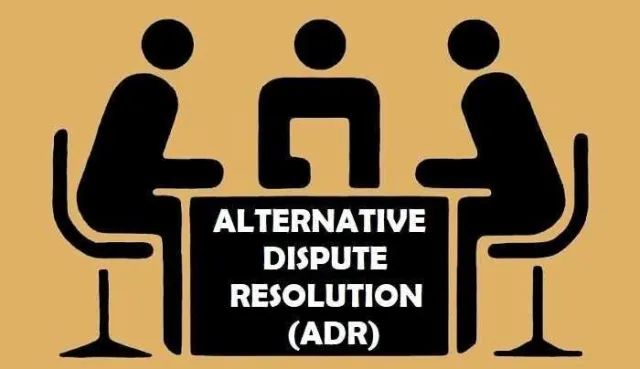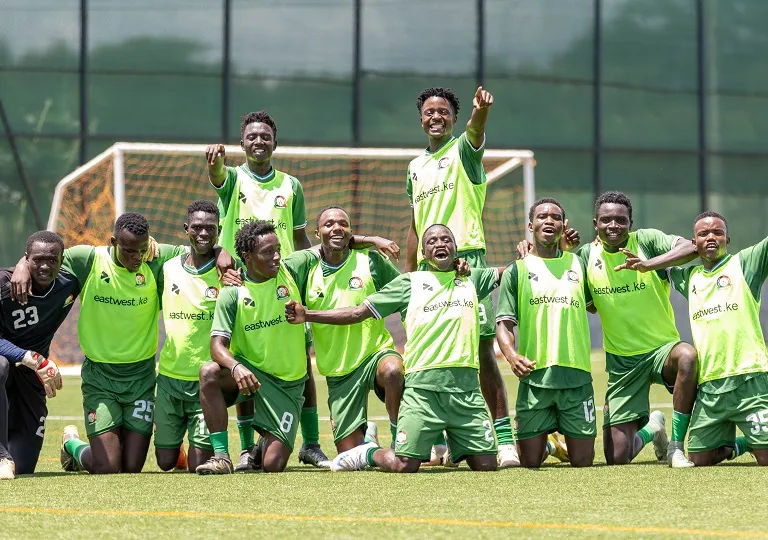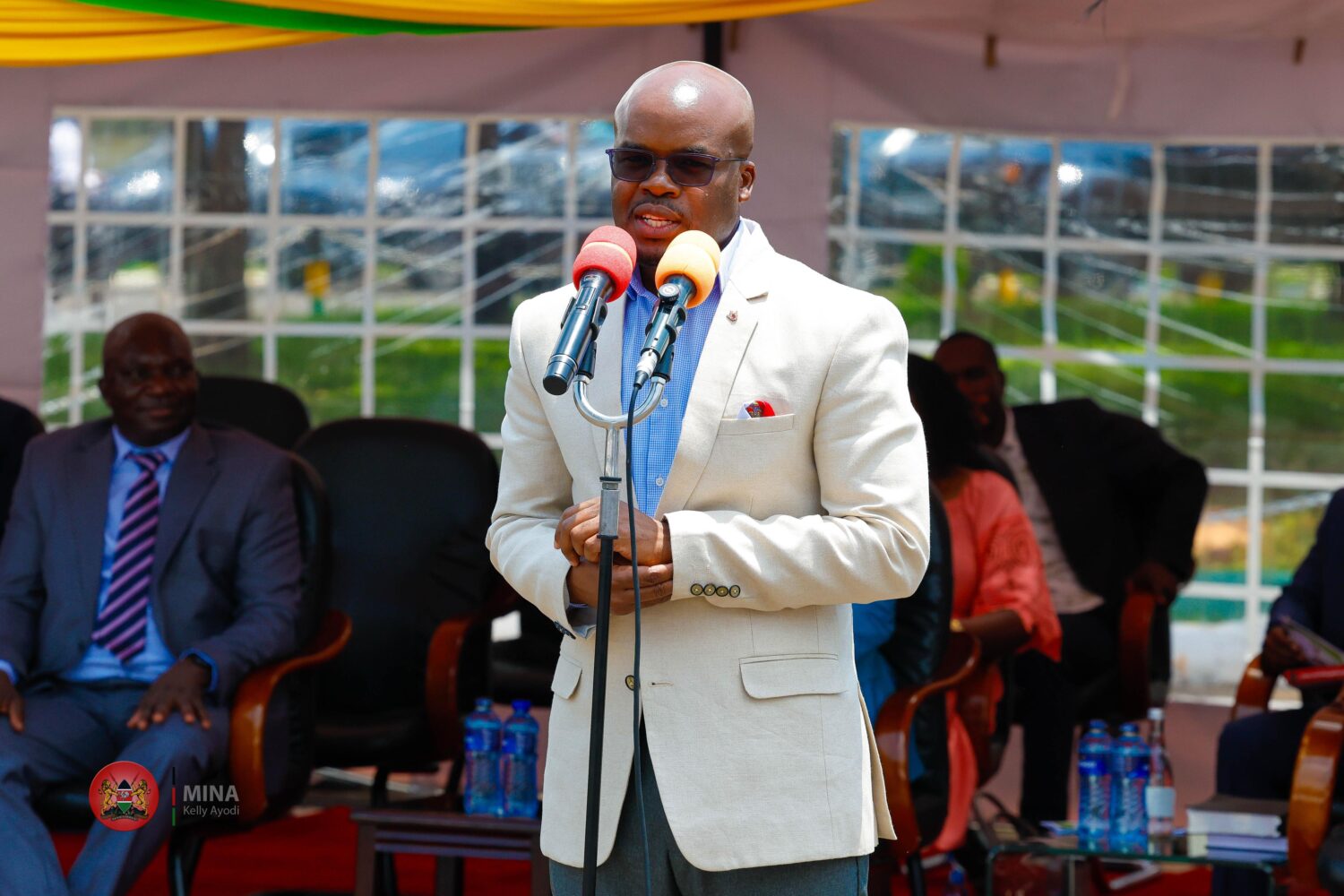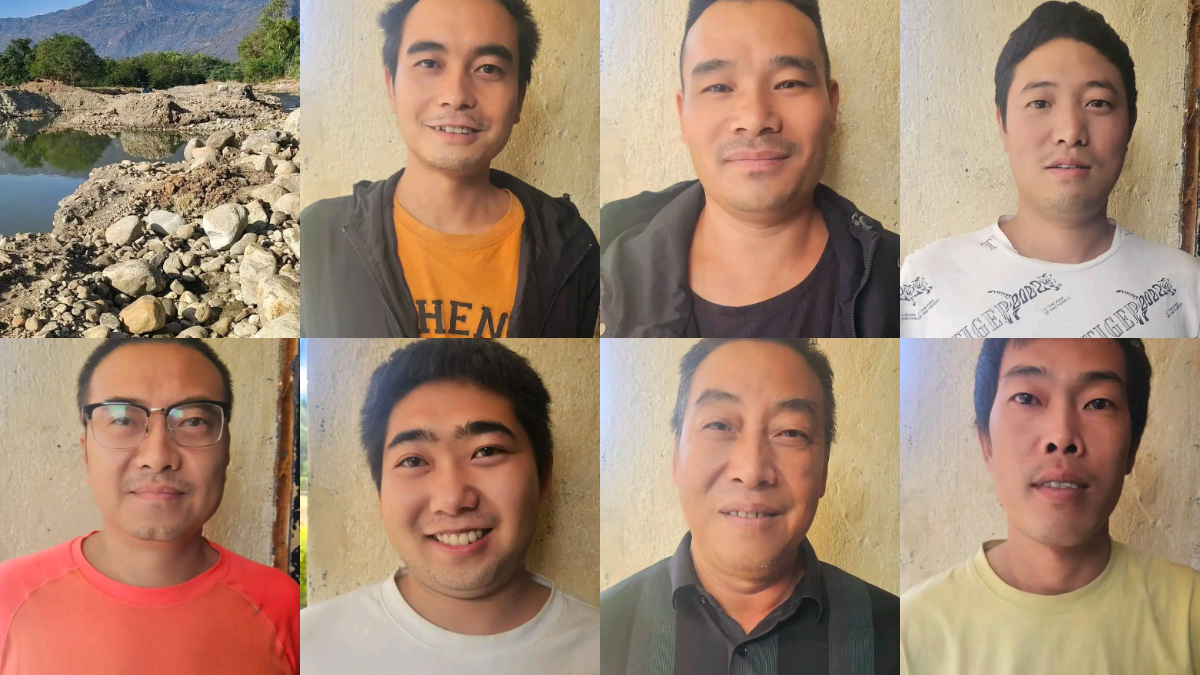Case backlog in Kenya has been a thorn in the flesh in our judicial system and that has adversely affected litigants as litigation has become an expensive affair characterized by delays as it usually takes time before parties can finally get justice.
This is as a result of the judiciary being overburdened by court cases amidst the human resource challenges it faces and further being affected by low budgetary allocations.
In 2022, there were over 233,000 cases delayed in the Magistrate courts countrywide mostly caused by delays in rendering rulings and judgements. The same conditions reflected in other courts as well. The number has since reduced tremendously an indication that there has been a paradigm shift in the Judiciary Modus operandi since Lady Justice Martha Koome assumed office as Kenya’s 15th Chief Justice and notably the first woman to hold the position.
Article 159 of the Constitution of Kenya 2010 provides that judicial authority is derived from the people and vests in, and shall be exercised by, the courts and tribunals established and that one of the key principles guiding the judiciary in exercising the judicial authority is that alternative forms of dispute resolution including reconciliation, mediation, arbitration and traditional dispute resolution mechanisms shall be promoted.
Consequently, section 59 of the Civil Procedure Act CAP 21 advocates for the use of alternative dispute resolution mechanisms. Order 46, Rule 20 of the Civil Procedure Rules, 2010 also establishes court-annexed mediation as one of the litigation procedures. Further, the Arbitration Act establishes a robust legal framework which guides the process of resolving cases and disputes outside the normal court process.
The traditional dispute resolution mechanisms such as use of Elders Councils like Kikuyu Council of Elders and Kiama Kia Ma from the Agikuyu community, Kaya Elders from the Mijikenda community, njuri Ncheke from the Ameru Community, Myoot Council of Elders from the Kalenjin community, Luo council of elders from the Luo community among others have been widely replaced by Mediation and Arbitration which have been regarded as convenient, affordable, expeditious and amicable means of dispute resolution.
A mediation process is usually voluntary where a neutral party helps the parties that are disputing to settle the disputes amicably hence also improving relationships while in arbitration parties present their disputes to an impartial party who after considering the submissions of the disputing parties proceeds to give a determination that is usually binding among the parties.
Mediation is usually applied in family, employment, land and environmental disputes while arbitration is commonly applied in commercial, contractual, intellectual property, bank, sports, international and maritime disputes.
Consequently, the hybrid disputes resolution mechanism involves the application of both mediation and arbitration. In a circumstance where mediation – arbitration is applied, parties proceed to settle their disputes using mediation and when that fails arbitration is opted in and then the arbitrator who should be a neutral party renders a binding decision.
On the contrary, where arbitration – mediation is applied, the arbitrator renders a binding decision and then parties are allowed to resolve the dispute through mediation and if that fails, the initial binding decision rendered by the arbitrator suffices and is enforced.
Remarkably, the judiciary introduced the court-annexed mediation in compliance with Article 159 (2) (c) of the Constitution of Kenya 2010 which mandates the judiciary to encourage alternative forms of dispute resolution.
The court-annexed mediation is no distinct from the normal mediation except that it is conducted under the auspices of the Judiciary. The court – annexed mediation is a game-changer and is credited with having tremendously aided in reducing case backlog.
It was established after a culmination of stakeholder consultation and engagement ranging from court users committees, mediators, advocates, litigants and general members of the public and the media. It is therefore uncontroverted that alternative dispute resolution mechanisms offers a sustainable, feasible and promising solution to the case backlog menace. However, for it to be successful, it requires concerted, joint and collaborative efforts from all stakeholders.
Wangai John is a Public Interest Litigation Lawyer











